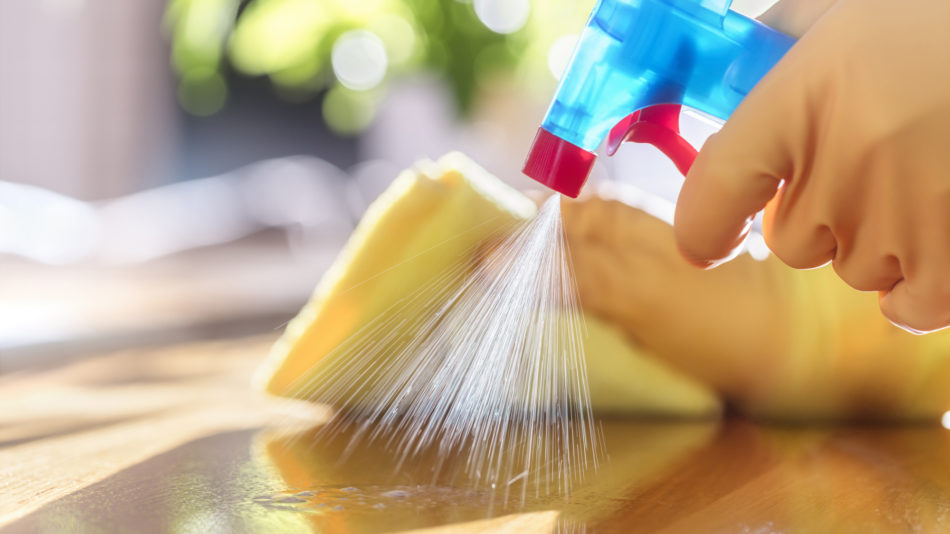Difference Between Washing And Sanitizing?
Washing and sanitizing are words people often interchange. However, they don’t mean the same thing. In this article, we will be discussing extensively the difference between washing and sanitizing.
Difference Between Washing And Sanitizing
Washing
Washing is a method of cleaning, usually with water and often some kind of soap or detergent. Washing and then rinsing both body and clothing is an essential part of good hygiene and health.
Why Do People Wash
Often people use soaps and detergents to assist in the emulsification of oils and dirt particles so they can be washed away. The soap can be applied directly, or with the aid of a washcloth.

washing cooking equipments
People wash themselves, or bathe periodically, often using a shower or a bathtub. Infants, the sick, and people with disabilities are bathed by a caregiver, but those that can wash themselves often do so. People bathe naked under most circumstances, and commonly do so in the privacy of their home.
In Europe, some people use a bidet to wash their external genitalia and the anal region after using the toilet, in addition to using toilet paper.
More frequent is washing of just the hands, e.g. before and after preparing food and eating, after using the toilet, after handling something dirty, etc.

washing hands
Hand washing is important in reducing the spread of germs.Also common is washing the face, which is done after waking up, or to keep oneself cool during the day. Brushing one’s teeth is also essential for hygiene and is a part of washing.
‘Washing’ can also refer to the washing of clothing or other cloth items, like bed sheets, whether by hand or with a washing machine. It can also refer to washing one’s car, by lathering the exterior with car soap, then rinsing it off with a hose, or washing cookware.
Excessive washing may damage the hair or cause rough skin or skin lesions.
Sanitizing
Sanitizing is a chemical process that lessens and even kills germs on surfaces to make them safe for contact. Usually you sanitize in kitchens and other areas that come into contact with food. For example, you sanitize dishes and utensils after using them. You also sanitize toys that children put in their mouths.

Sanitize with sanitizers, rubber gloves and dish cloth on work surface concept for hygiene
Why Do We Sanitize
Sanitizers are chemical substances used to sanitize hand,surfaces e.t.c.They are designed to reduce or kill 99.9 to 99.999 percent of listed bacterial micro-organisms on — and this is important — pre-cleaned surfaces.

sanitizing hands
When you sanitize, you are killing/reducing the bacteria on that surface, but doing nothing about viruses and fungus,” says one Wis. -based chemical manufacturer. “Sanitizing is better than cleaning alone, but the reduction of pathogen populations on surfaces is exponentially better when you use disinfectants.”
It is important that the clean, sanitized equipment and surfaces drain dry and are stored dry so as to prevent bacteria growth.Sanitizing can also be done without chemicals, by an appliance like a dishwasher or laundry machine (on the “sanitize” cycle), or a steam cleaner, which bring contaminated surfaces into contact with extreme heat (at least 170 degrees) to kill bacteria and other germs.
Credit:
https://www.linkedin.com/pulse/difference-between-washing-sanitizing-galal-mohamed



Leave an answer
You must login or register to add a new answer.